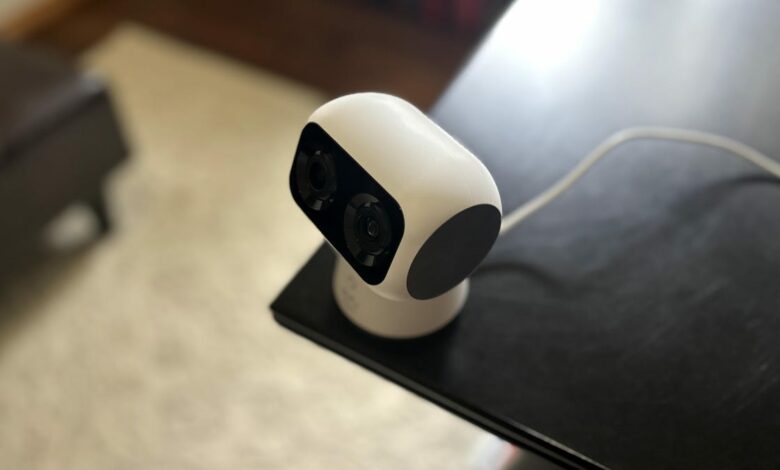Best Indoor Security Cameras in 2024

Field of view
Find views that fit the unique needs of your space And Where you want to place the camera. Most high-quality indoor cameras have a field of view of around 130 degrees (and some of our picks go further), but you don’t need to get out a protractor; that’s enough coverage to get a great view of a room when placed in a corner or against a far wall. For the best coverage, or to cover multiple angles from a central location, you’ll want a PTZ camera instead.
Affordability
One advantage of smart indoor cameras is that they are significantly less expensive than rugged outdoor versions, while still offering many of the same features. If you’re looking to save money, check out the name-brand picks for $30 and under. We’ve got a few examples on our list. In general, don’t pay more than $100 for an indoor camera unless you’re getting a lot of extra perks and features.
Night vision
Indoor security cameras are less likely to have their own lights or other light sources nearby, other than dim night lights. If you really want to keep an eye on your home at night when the lights are off, excellent night vision is a must. Look for multiple infrared LEDs if you can find them, with color night if available.
Motion detection
Motion detection only turns the camera on when motion is detected, especially human movement, so it’s a necessary feature for saving video storage and battery life. Detection works well with notifications to your phone when you’re away from home, but you’ll want smart notifications that can recognize people or specific situations, like alarms, barking pets, etc.
Smart Home Compatibility
Indoor cameras work best with voice commands like “Turn camera off” or “Show me the living room camera view.” Good cameras work with both Google Home/Assistant and Alexa, but they’re harder to find, and Apple Home models are even harder to find.
Matter (the smart home standard) compatibility is also important and you can read more about it in our guides , but it doesn’t currently apply to security cameras as the protocol hasn’t been extended to video yet. Expect a future update for this part. If you already have a home security system from a brand like Abode, ADT, or Frontpoint, you’ll want to look for an indoor camera that’s compatible with that app or control panel.
Additional features
Depending on your security needs, you might want to look for features like two-way audio for having conversations with a sitter/housekeeper (or saying high to a pet). Others like features like intelligent tracking, lots of zoom options, and a built-in siren. We won’t say these are always necessary, but if you find them valuable, our picks above include extras like this.
Video storage
Video storage is more useful outside the home, where catching porch pirates, would-be burglars, and funny animal videos is important. Many people also want video recording inside their homes, especially if they’re worried about break-ins or general mischief (or, again, capturing cute pet videos).
Cloud storage automatically backs up videos to a cloud service, and with rare exceptions like Google Nest, you’ll need to pay a subscription fee for this. Local storage uploads videos to a hub or microSD card (usually separate purchases), and you may need to plug them into a computer for additional management when they’re full, but there’s no ongoing fee.
Privacy and security
Look for brands with good privacy records or brands that take the necessary steps to secure their networks and remove vulnerabilities immediately. You don’t want a data breach that compromises your privacy, or worse bugs like the video caching issue that Wyze users accidentally let you see through other people’s cameras. We like to keep you informed about the latest privacy issues and what you need to know when purchasing security devices like this one.




